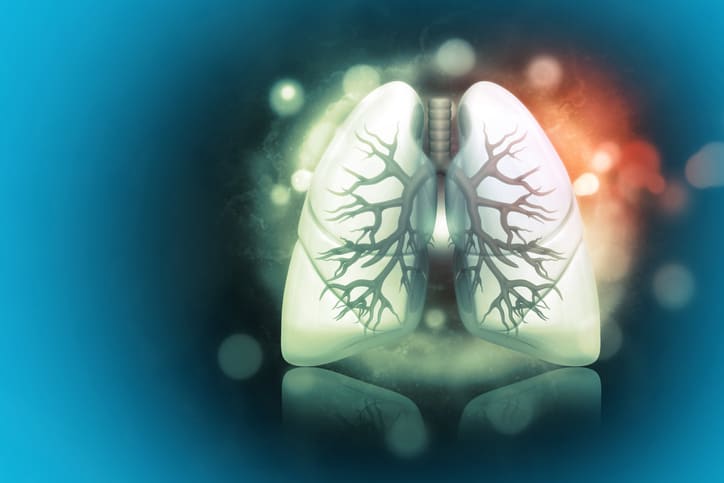Cystic fibrosis (CF) is a multisystemic life-limiting disorder. The leading cause of morbidity in CF is chronic pulmonary disease. Chest CT is the reference standard for detection of bronchiectasis. Cumulative ionizing radiation limits the use of CT, particularly as treatments improve and life expectancy increases. The purpose of this article is to summarize the evidence on low-dose chest CT and its effect on image quality to determine best practices for imaging in CF. Low-dose chest CT is technically feasible, reduces dose, and renders satisfactory image quality. There are few comparison studies of low-dose chest CT and standard chest CT in CF; however, evidence suggests equivalent diagnostic capability. Low-dose chest CT with iterative reconstructive algorithms appears superior to chest radiography and equivalent to standard CT and has potential for early detection of bronchiectasis and infective exacerbations, because clinically significant abnormalities can develop in patients who do not have symptoms. Infection and inflammation remain the primary causes of morbidity requiring early intervention. Research gaps include the benefits of replacing chest radiography with low-dose chest CT in terms of improved diagnostic yield, clinical decision making, and patient outcomes. Longitudinal clinical studies comparing CT with MRI for the monitoring of CF lung disease may better establish the complementary strengths of these imaging modalities.
Best Practices: Imaging Strategies for Reduced-Dose Chest CT in the Management of Cystic Fibrosis-Related Lung Disease.


